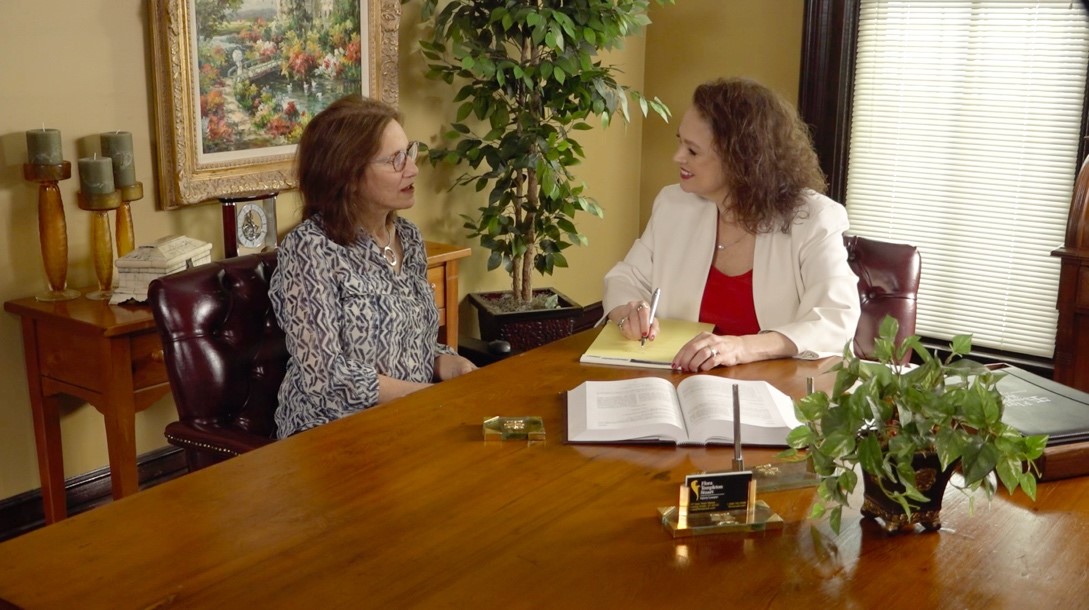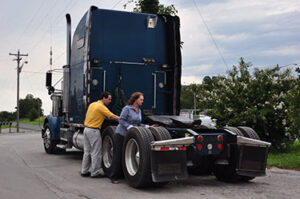Car crashes happen for a variety of reasons, from head-on collisions at high speed to minor fender benders.
Rear-end collisions are among the most common types of car accidents. Generally, the driver of the vehicle who rear-ends the vehicle ahead will be held liable for all damages stemming from the accident. This does not always apply, though. Flora Templeton Stuart Accident Injury Lawyers have been successful in these collisions and after extensive litigation have won a $1.25 million settlement in a case where a client rear-ended a truck.
Common Causes of Rear-End Collisions
The NHTSA (National Highway Traffic Safety Administration) reports that 29% of all collisions causing fatalities or severe injuries are rear-end accidents. Researchers noted that these accidents typically happened when the lead vehicle:
- Started to decelerate.
- Stopped completely.
- Was driving slower than the approaching vehicle.
- Was being tailgated.
In many of these crashes, distracted driving interfered with the reaction time of the approaching driver, resulting in an impact impossible to avoid.
Determining Fault in Rear-End Accidents
In most cases, the motorist operating the vehicle that rear-ended a leading vehicle will be found negligent, or partially negligent. In Kentucky we have Comparative negligence, meaning both drivers can be found at fault. Negligence is a legal principle determining fault for an auto accident. All drivers have a duty of care to leave a safe distancebetween vehicles. This distance varies according to road conditions, vehicle speed, and other factors.
In the following scenarios, though, the driver of the vehicle that gets rear-ended may also be found negligent:
- If the lead driver unexpectedly engages reverse gear.
- The brake lights of the lead car are not working properly.
- When the lead motorist continues to drive the vehicle without pulling over or without using hazard lights despite an obvious problem with the vehicle – a mechanical issue or a flat tire, for instance.
- If the lead driver brake checks the tailing driver – this means suddenly hitting the brakes without a valid reason.
- If the lead driver is operating the vehicle well below safe speed.
In all of the above scenarios, the driver of the vehicle that is rear-ended would probably be considered partially at fault for the accident. The impact of negligence on monetary damages potentially recoverable will vary from state to state and depending on how your state of residence handles situations with more than one at-fault party for an auto accident.
What To Do After a Rear-End Collision
There are several steps you should take if you are involved in a rear-end car crash to establish who is responsible for the accident.
Call 911 immediately if you or anyone else sustained injuries in the collision.
You should then take the following steps to help you start building your case immediately after the accident:
- Document the accident scene: Take photos of the accident scene. Pay close attention to the positioning of the vehicles as well as any road debris or skid marks. Photograph the surrounding area as well as the scene of impact.
- Speak with any witnesses to the accident: Get contact details from any witnesses to the accident. Your attorney can later obtain statements from these witnesses.
- Note the conditions: Make a note of roadway, lighting, and weather conditions.
- Provide a statement to the attending police officer: The responding police officer will investigate the accident, potentially making a determination of fault based on the evidence at the scene of the accident.
- Do not admit fault: Do not admit fault to the other driver, to the police, or to anyone else. As outlined above, fault is not always clear-cut. You may prejudice your future claim by admitting liability. Admitting wrongdoing can be challenging to overcome, even when the facts of the case are on your side.
How to Hold the At-Fault Driver Accountable if Your Vehicle is Rear-Ended
If you suffer injuries in a rear-end collision and you feel another driver is at fault, you could collect damages. Your case must provide evidence showing the culpability of the other driver. Evidence could include:
- Traffic camera video footage of the road or intersection where the collision took place.
- Eyewitness testimony from pedestrians or drivers.
- Records of the location and severity of vehicle damage.
- Statements by the at fault driver to police or your investigator.
Whether you were driving the lead or the rear vehicle in a rear-end wreck, an experienced attorney can help you pursue compensation if you have a case. At Flora Templeton Stuart we always, if possible, obtain statements by the other at fault driver and photos to establish liability.
What Are the Consequences of Rear End Collisions?
In some rear-end collisions, if there is minimal damage, the drivers can work out an agreement without needing the involvement of attorneys.
Even low speed rear-end accidents can trigger severe injuries, though. These can include:
- Concussion
- Whiplash
- Back pain
- Cracked ribs
- Headaches
- Bruising from steering wheel, seat belt, or airbag
- Fractures
Aside from causing physical injuries, rear-end collisions can result in varying levels of vehicular damage. From dented bumper, broken lights, and crumpled trunks through to multi-car pile ups and totaled vehicles. Rear-end collisions can be costly.
Consult an Experienced Accident Injury Attorney After a Rear-End Collision
If you are involved in a rear-end collision, you should consult an experienced personal injury attorney to maximize your chances of getting the compensation you deserve. The contingency basis of attorney fees means you’ll pay nothing out-of-pocket, paying instead from your final settlement. You should consider retaining legal counsel as an investment rather than an expense.
Conclusion
Why you call Flora Templeton Stuart Accident Injury Lawyers: we will investigate the collision to establish liability. We are available 24/7 for clients injured in automobile or other accidents through no fault of their own. We travel to our injured clients when they cannot come to us and we have offices throughout our region.



